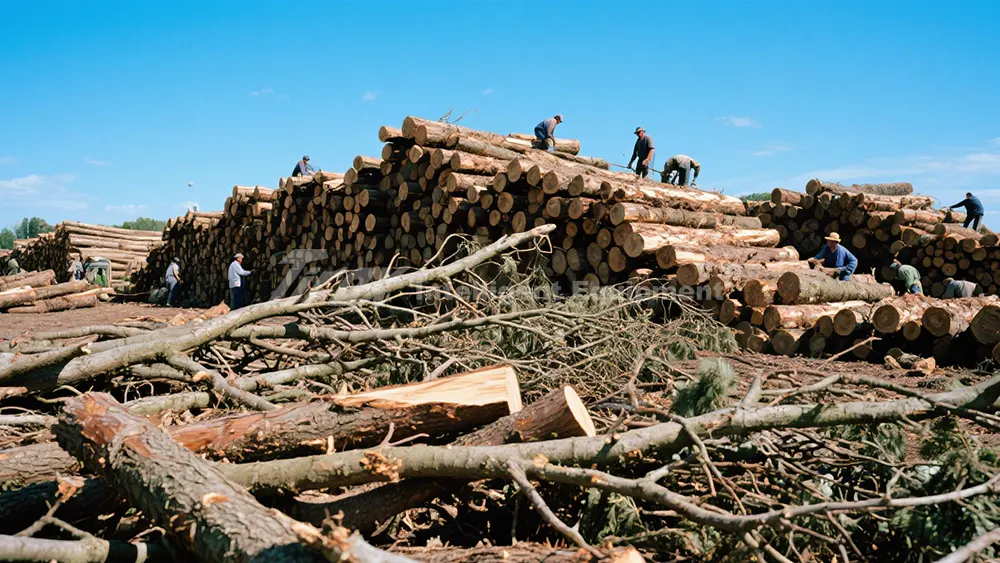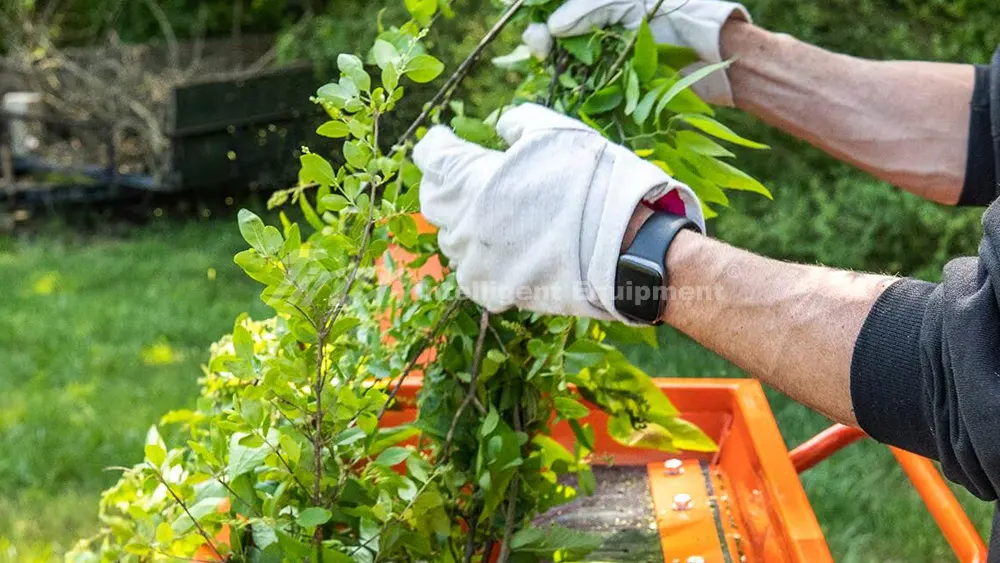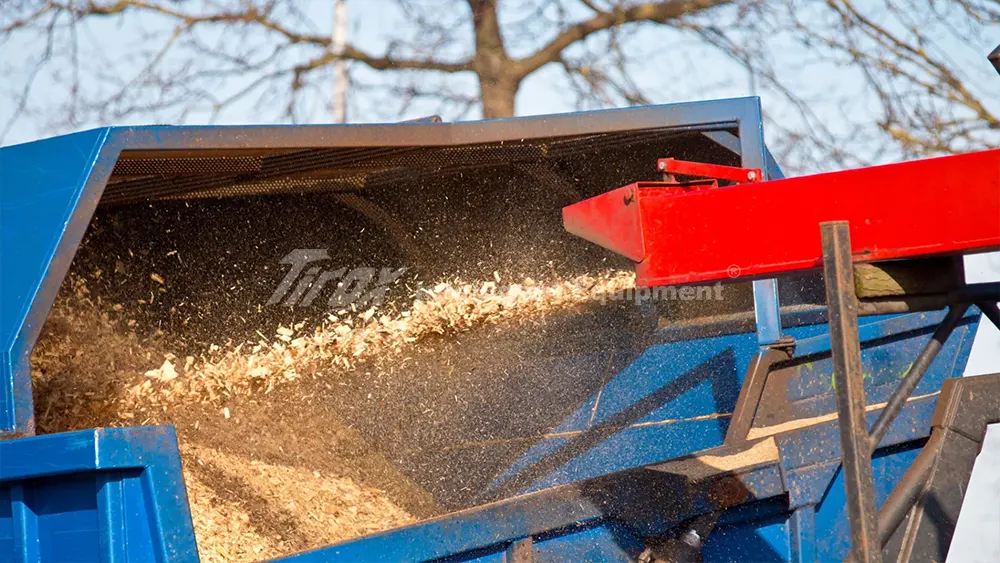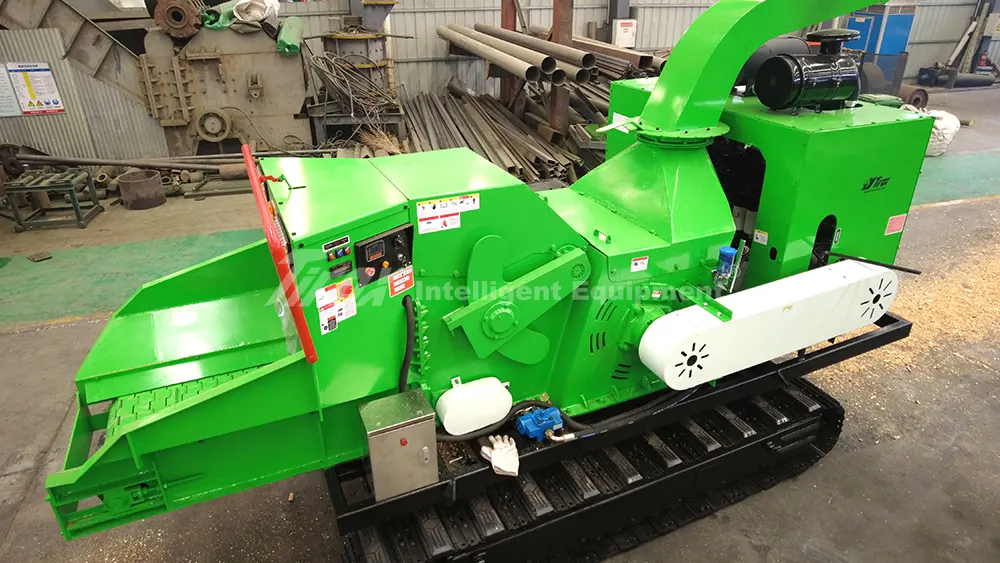Wood chippers are powerful machines designed for processing wood materials efficiently. They can handle various wood types but have strict limitations on non-wood materials that could damage the equipment.
Wood chippers are specifically engineered to process wood materials including branches, logs, and tree limbs effectively. The machines feature hydraulic forced feeding systems that automatically adjust to different wood diameters 1, ensuring optimal chipping performance while protecting the equipment.
While wood chippers are versatile for their intended purpose, understanding their capabilities and limitations is crucial for proper operation and equipment longevity. Let’s explore the specific uses and restrictions.
What are wood chippers good for?
Wood chippers excel at processing natural wood materials quickly and efficiently. They’re essential tools for landscaping, forestry, and waste management operations.

Wood chippers are ideal for processing branches up to specified diameters, trees, shrubs, and other woody vegetation into usable mulch or biomass fuel. Our models feature intelligent feeding systems that monitor processing loads and automatically adjust feed rates 1, making them perfect for:
- Land clearing operations
- Tree maintenance work
- Forestry management
- Garden waste processing
- Biomass production
The machines produce wood chips in various sizes (typically 5-50mm) 2, suitable for different applications from garden mulch to industrial biomass fuel.
What can you not put in a wood chipper?
While wood chippers are robust, certain materials can cause serious damage and should never be processed.
Never put stones, metal, plastic, or treated wood in a wood chipper as these can damage blades, clog the mechanism, or create dangerous projectiles. Our machines feature reverse functions to clear jams 3, but prevention is always better:
| Material | Risk | Potential Damage |
|---|---|---|
| Metal objects | Blade damage | Chipped or broken blades |
| Stones | Projectile hazard | Bearing and drum damage |
| Plastic | Melting/clogging | Machine overheating |
| Treated wood | Toxic emissions | Environmental contamination |
The hydraulic forced feeding system can handle challenging wood materials 1, but non-wood items should always be removed before processing.

Can a wood chipper chip plastic?
Plastic should never be processed in a wood chipper due to several operational and safety concerns.
Wood chippers cannot safely process plastic materials as they may melt, clog the machine, or create dangerous flying debris. Unlike wood, plastic:
- Doesn’t chip cleanly
- Can melt and gum up working parts
- May create hazardous airborne particles
- Could damage the cutting drum mechanism
Our machines feature smart control panels that monitor operating conditions 1, but plastic processing would quickly lead to overheating and mechanical issues.
Conclusion
Wood chippers are designed exclusively for wood materials and perform this function exceptionally well when used correctly.






